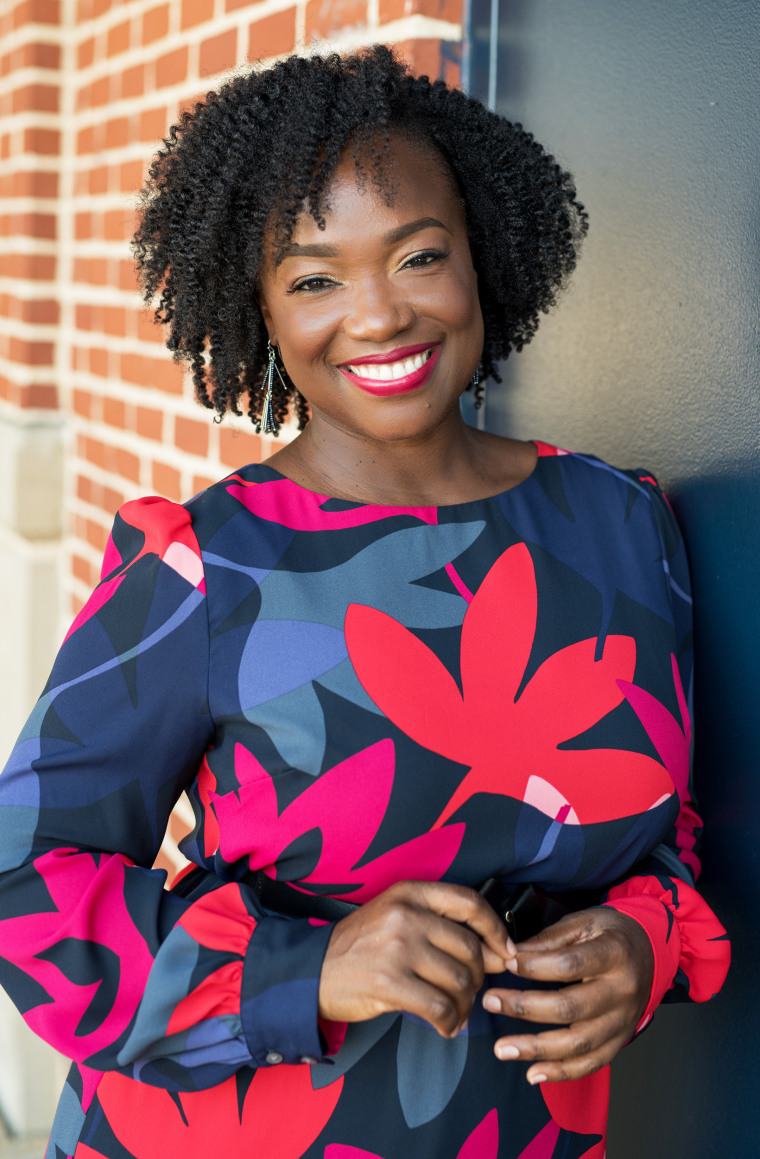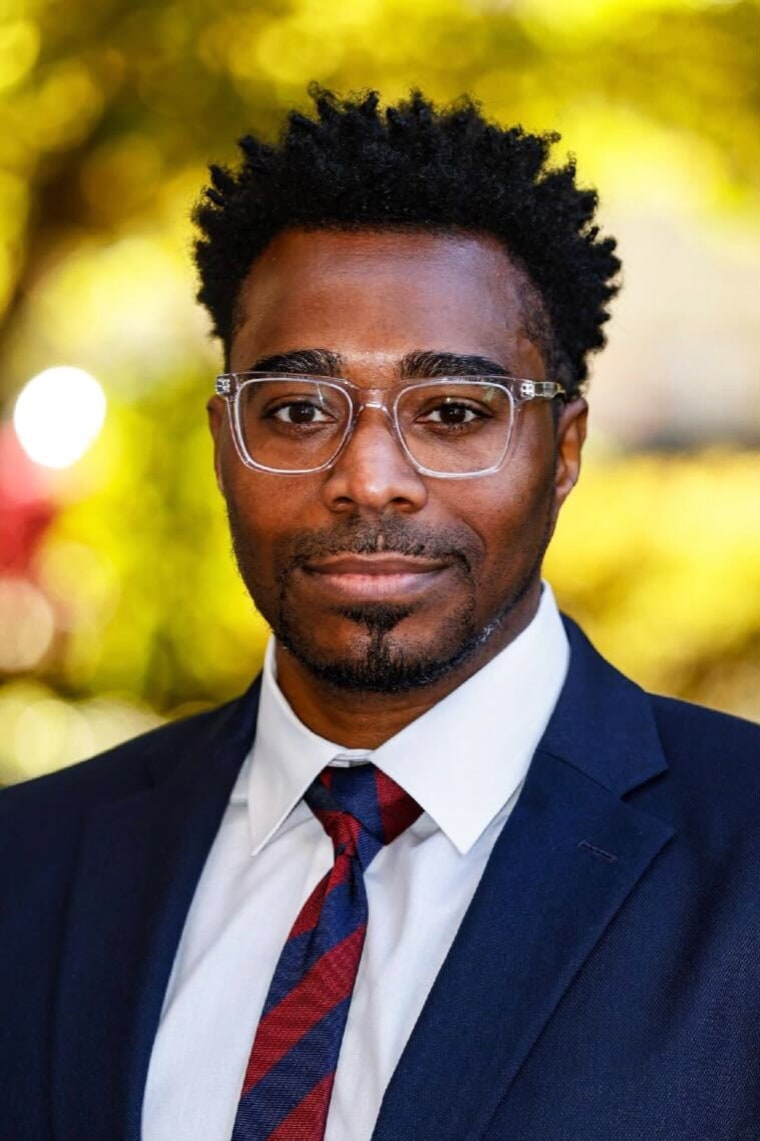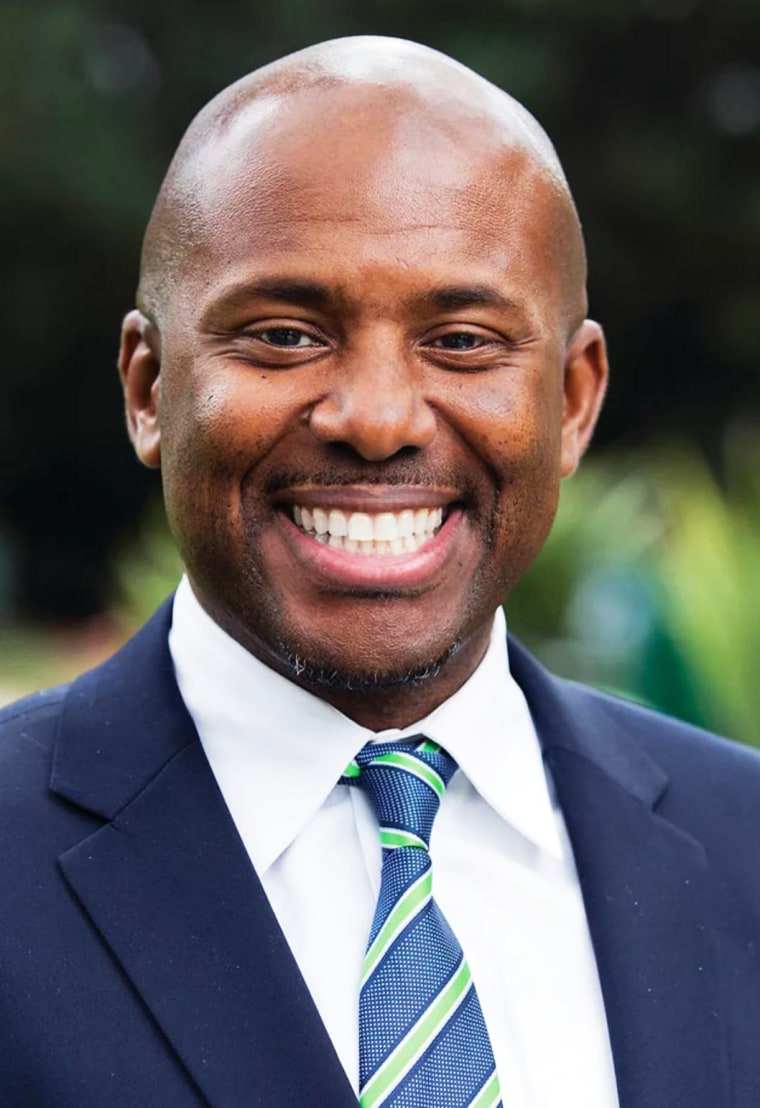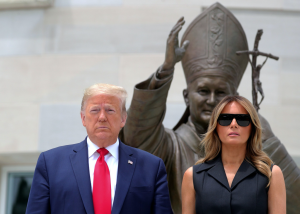“Until we get to policies that dismantle the system that exists,” said Karundi Williams, “we’re not going to see this stop.”
After all the attention the Black Lives Matter-led racial justice movement generated after George Floyd’s death in 2020, new data show that the number of Black people killed by police has actually increased over the last two years.
According to data collected by The Washington Post, police shot and killed at least 1,055 people nationwide last year, the most since the newspaper began tracking fatal shootings by officers in 2015. That is more than the 1,021 shootings in 2020 and the 999 in 2019.
Black people, who account for 13 percent of the U.S. population, accounted for 27 percent of those fatally shot and killed by police in 2021, according to Mapping Police Violence, a nonprofit group that tracks police shootings. That means Black people are twice as likely as white people to be shot and killed by police officers.

“It’s bad and it’s sad, but it’s not shocking that we’re still being killed at a higher rate,” said Karundi Williams, the CEO of re:power, a national organization that trains Black people to become political leaders. “When we have moments of racial injustice that is thrust in the national spotlight, there is an uptick of outrage, and people take to the streets. But then the media tends to move on to other things, and that consciousness decreases. But we never really got underneath the problem.”
And the problems are many. Rashawn Ray, a senior fellow at the Brookings Institution, a think tank, said it is a flawed notion that paying more attention to police brutality will result in less police brutality.
“People perceive that people protesting in the streets leads to people caring more, and sometimes it leads to people resisting the change more. And in this case, we’re talking about officers resisting the change,” said Ray, who is also a professor of sociology at the University of Maryland. “What we see in the immediate aftermath of the demonstrations is police officers’ hunkering down and standing behind the blue wall of silence even more.”
Williams said there is also an inherent foe that prevents widespread change.
“The system wasn’t built to protect Black people,” Williams said. “And until we get to the root cause of policing and police brutality and the differences in the way police treat Black folks versus white folks, we’re not going to get to change.”
Williams said the data mean that “until we get to policies that dismantle the system that exists, we’re not going to see this stop.”
“We can say, ‘Things have changed because the national dialogue is changing.’ But until we get to the crux of the problem, we’re going to see this continue,” she said.
Leslie Mac, an organizer and activist from Brooklyn, New York, who calls herself a “staunch abolitionist,” said she was not surprised by The Post’s numbers, saying they stem from a lack of movement on policies to change officers’ attitudes.
“We’ve seen a double-down on reform measures that have already been proven to not work, that don’t get to the heart of the white supremacy that is built into policing in this country,” Mac said. “There’s nothing that actually addresses the root issues that exist within policing, whether that’s under-accountability, whether that’s the amount of weaponry they have at their disposal or whether it’s in who they’re accountable to.”
Carl Douglas, a Los Angeles civil rights lawyer, used his state as a barometer of the country’s likelihood of achieving change around policing. “Even in California, which is supposed to be the bastion of liberalism, we were only able to pass a watered-down version of a police reform bill in the wake of George Floyd,” he said.
“So, regrettably, I am not surprised by the numbers. I have been in this civil rights game 42 years. Change moves at the speed of an ocean liner and not a speedboat. I am optimistic, because I did see white people marching on behalf of Black civil rights, and that is progress. Those are incremental steps of progress. But they aren’t stopping the problem.”
Many people have called for more training for officers, but Douglas insisted that is more of an excuse than a solution.
“‘They need training’ is the narrative that makes white folks feel good because it excuses their biases,” he said. “No, there has to be a cultural shift from the warrior-versus-them mentality to more of a guardian mentality.”
The contrarian mentality exists, Douglas said, because many officers do not live in the cities or towns they patrol. In Minneapolis, where Floyd was killed, for example, only 8 percent of officers live in the city, according to an analysis by the Minneapolis Star-Tribune. Of the four officers tried in the 1992 case of Rodney King, who was struck as many as 56 times with batons, kicked and stomped, none of them lived in South Central Los Angeles, where the recorded beating took place.
“And because they don’t live around us, they don’t know us,” Douglas contended. “Many drive to their all-white neighborhood, where the same racial tropes are perpetuated. The people they patrol don’t look like their brothers or their fathers or their uncles or their cousins or their sons. They don’t have a connection to the humanity of Black people, that sense of humanity that’s needed to care about people … on a human level.”
Another study rebuts the notion that where officers live affects how they react when they encounter Black people. In addition, while Black people’s trust of the police rose slightly in 2021, the level is just 27 percent, up from 19 percent in 2020, according to a Gallup poll.
Funding the police versus redirecting funding
For a period after Floyd’s killing, lawmakers vowed to cut police funding in many cities. But many of those budgets were restored or increased by the end of 2021. That happened even as the national rate of police killings overall, but especially of Black Americans, increased, according to The Washington Post’s data.
“They’re turning these encounters into ghastly encounters,” said Mac, the activist. “I don’t know any other instance where an apparatus can be so bad at its job and continue to get increased funding. It really flies in the face of conventional wisdom. It’s just putting bad money on top of bad money.”
Beyond defunding the police, she said, redirecting resources should be the objective.
“I don’t see a way out of this until we look beyond policing for safety for our communities,” she said. “The very righteous call to defund the police is not just about taking resources away from the police. It’s also about where we put those resources to get us beyond these moments of people being killed.”
Like others who want to abolish police and systems of incarceration, Mac said funds intended for police should instead address root problems like ensuring safe housing and sufficient clothing, food and mental health and addiction services.
“The police are not equipped to deal with those things,” she said. “And so really what these communities are screaming for is to have resources put in the places where the community actually needs them. And I think so much of that got lost in the ‘How dare you take money away from the police to be safe.’”
‘Trying to transform, reform and reimagine’ policing in California
Mike Gipson views the issue from two perspectives: as a former police officer in Maywood, California, and now as a longtime state Assembly member. From both sides, Gipson said, he has been bothered.
“It was troubling back in 1992, when I wore a police uniform and we viewed a videotape of motorist Rodney King and the abuse this man went through,” Gipson said. “It was a slap in our face, the Black community, when those officers were acquitted. I was horrified then and I’m horrified now when individuals’ lives are taken at the hands of police. It doesn’t have to happen at the rate it is.”
Now ,as a policymaker, Gipson is “trying to transform, reform and re-imagine” policing in California, including “holding bad police officers accountable and putting policies in place that remove them from the profession I once loved,” he said.
Mac said the origins of policing are from the era of slavery, when “slave patrols” monitored enslaved Black people, deploying tactics similar to those that some officers use today.
For example, Mac compared the slave patrol’s ability to confront formally enslaved Black people to the stop-and-frisk policies still used in many states.

“Those slave patrols were able to inflict impromptu punishments,” she said, “where they were allowed to be judge, jury and executioner on the spot. And that has never changed. And so, of course, this has always been about controlling Black bodies, controlling Black people, to protect white supremacy and white wealth. That’s the scenario that police find themselves in today.”
Ray, like many others, said he is deeply disturbed that the Senate did not vote on the proposed George Floyd Justice in Policing Act. “Super tragic,” he said.
“A person gets killed by the police, on average, every eight hours. That’s a normal thing. So police violence is an endemic, and when things are an endemic, it’s kind of like Covid. People got used to it: ‘Man, whatever. I’m just going out.’ That’s how police violence is right now. We’ve been dealing with it ever since slave patrols.”
Re-evaluating the policies that shield officers
Many officer-involved cases are settled before they make it to court, which does not help the overall mission of stopping the violence against Black people, civil rights lawyer Daryl K. Washington of Dallas said. Taking the cases to trial, Washington said, would expose corruption and force “these police departments to have to change their hiring practices.”
He added that the protection that police unions provide helps to embolden officers, as does qualified immunity, which, in part, protects officers from being held personally liable for using deadly force. The legal doctrine that Washington considers far more dangerous, however, is called “clearly established law,” which, in essence, says “that even though I can show the judge that what this officer did was wrong and excessive, I have to be able to show that there was another basically identical case to his case that would have put the officer on notice that what he did or what she did would not be constitutional. If there isn’t a very similar case, there’s no accountability and the case doesn’t go to trial. And that makes no sense.”

Gipson introduced bills that California Gov. Gavin Newsom has signed into law, including the elimination of chokeholds by police and the holding of knees on suspects’ necks, which is how Floyd was killed in May 2020.
Now he is focused on a bill that would require law enforcement officers to secure insurance to offset taxpayers who end up footing the bill for multimillion-dollar settlements when officers harms r kill people.
“Lawyers have to have malpractice insurance. Doctors have to have malpractice insurance. Why shouldn’t officers have malpractice insurance?” Gipson said.
James Samuel Jr., a former Air Force engineer who spent two decades working in U.S. intelligence communities, was unsettled by officer-involved shootings before Floyd’s murder was captured on video. Floyd’s death accelerated his plan to create his app, called Anjel Tech, which was designed to capture encounters with law enforcement officers in real time.
With the app, users preload emergency contacts to be pinged when they are pulled over or confronted by law enforcement officers. The app records video and audio of the encounters and livestreams them to users’ contacts. It also has a GPS element that shows and gives directions to contacts about where confrontations are taking place.
“This is a whole new level of accountability in that moment, because it’s recording not just what’s happening, but your people will see and hear it and know where it’s happening and can come to your aid,” Samuel said. “The hope is that officers will be held accountable through the app so much that they will change their behavior. Something has to help change this terrible trend.”




